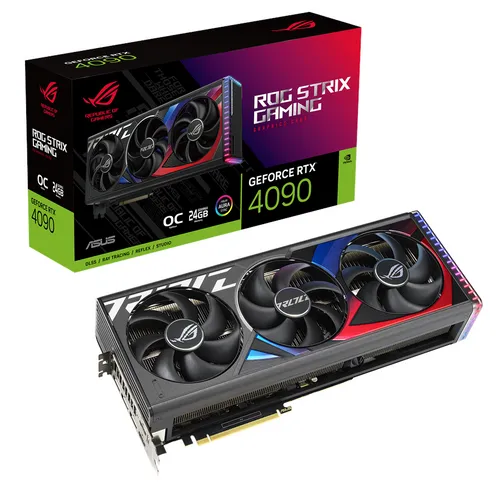What Graphics card should I choose?


Graphics can be integrated into the CPU or on a separate GPU card.
Integrated graphics cards have low power requirements and share your main RAM.
Separate GPU cards have their own dedicated fast VRAM on the card. They have higher cooling and power requiements.
Integrated graphics are good for business use, watching movies at medium resolutions and playing basic games.
Look at the recommended hardware for a given game. This will guide you as to what card you require.
If you are a professional user look to your program's recommended hardware. It's also a good idea to check out other users specification and experiences.
Graphics cards are important but you need a good overall specification. Choose a Core i5 or above, a good case and power supply, at least 16 Gb of fast RAM and an m.2 drive for your OS and SSD for gaming.
As modern PC games have grown in size we no longer recommend Hard Drives for gaming.
Use onboard graphics if you are a casual web gamer. An RTX 40 Series GPU will give you better visuals in the game with shadows and more realistic shading. Most modern games need a GeForce 3050 or 3060 at a minimum. For more demanding games and resolutions the 4070 is a great card. If you have the money the 4090 is unmatched in terms of performance.
At the moment most games support GeForce cards. AMD Radeon and Intel GPUs are less well supported, Although this depends on which game or program you are using.
If you're interested in running small to medium LLMs for locally run AI work, a Core i3 12 series with 16 Gb of RAM and a GeForce 3060 is all you need to get started.